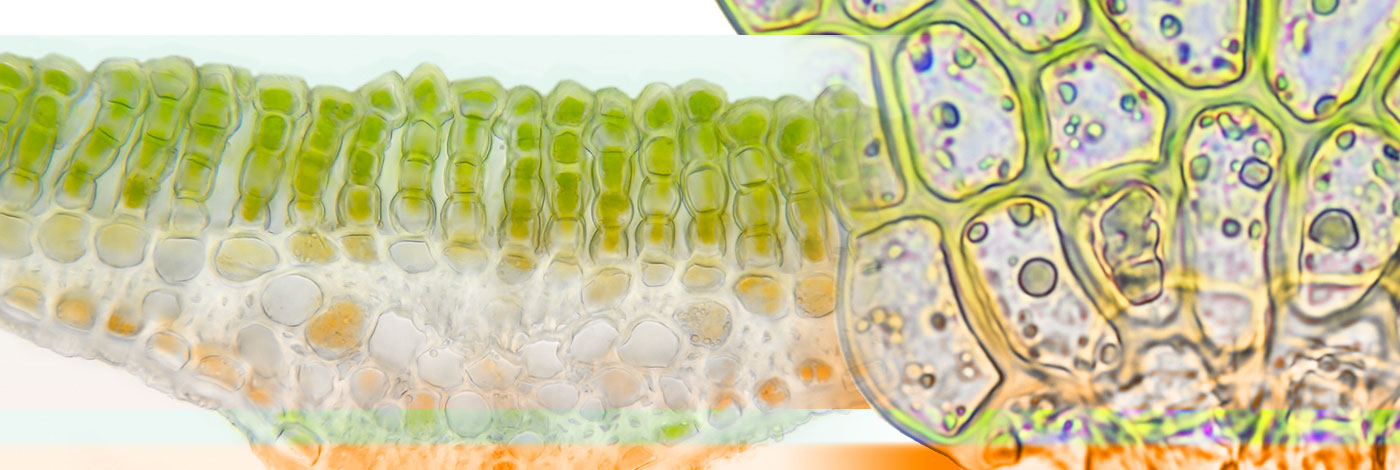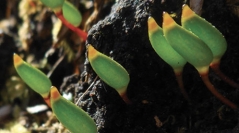

 Cryptogamie, Bryologie
41 (8) - Pages 89-103
Cryptogamie, Bryologie
41 (8) - Pages 89-103Field studies in Hungary during the last six years have led to the discovery of 82 localities and 2145 sporophytes of Buxbaumia viridis (Moug. ex Lam. & DC.) Brid. ex Moug. & Nestl., i.e. 41 times more localities and 143 times more sporophytes than reported in the previous census carried out up to 2014. The recent occurrences of the species known at that time (two localities with four stands and 15 sporophytes) were found exclusively on decaying wood in old growth forests. However, in the light of 20th century herbarium data from Hungary and new observations in Central Europe, our survey was extended to include the soil of acidophytic, young and middle-aged, managed and disturbed forests, and the new populations were mainly found in these types of habitats, almost exclusively on acidic soil. Details of population size, habitat and substrate preference, and environmental conditions at the newly found stands are reported in this paper. If these unusual preferences (i.e. acidic soil in managed, acidophytic beech forests) are not confined to Hungary, the total population size of this Natura 2000 species listed in annex II of the Habitat Directive might be severely underestimated in Europe.
Acidic soil, acidophytic forests, Buxbaumia aphylla Hedw., disturbed habitats, ecology, management, old growth forest, substrate preference